An In-Depth Literature Review on the Dynamics of Staff Turnover
VerifiedAdded on 2023/06/13
|14
|942
|167
Literature Review
AI Summary
This literature review examines the various factors influencing staff turnover within organizations. It highlights key aspects such as leadership style, organizational justice, employee engagement, and their effects on employee retention. The review also covers the costs associated with staff turnover, emphasizing both direct and indirect expenses and their impact on productivity and service quality. Individual differences, skills development, and retirement benefits are discussed as crucial areas for human resource management to focus on in order to manage turnover effectively. Organizational factors leading to employee resignation, the importance of a positive organizational culture, and the impact of learning organizational culture on job satisfaction and motivation are also explored. Additionally, the review addresses the role of employer branding, job stress, emotional labor, employment policies, and various dimensions like burnout and job pressure in contributing to employee turnover. The literature review uses various research papers to support the arguments and concludes with a questionnaire.
1 out of 14
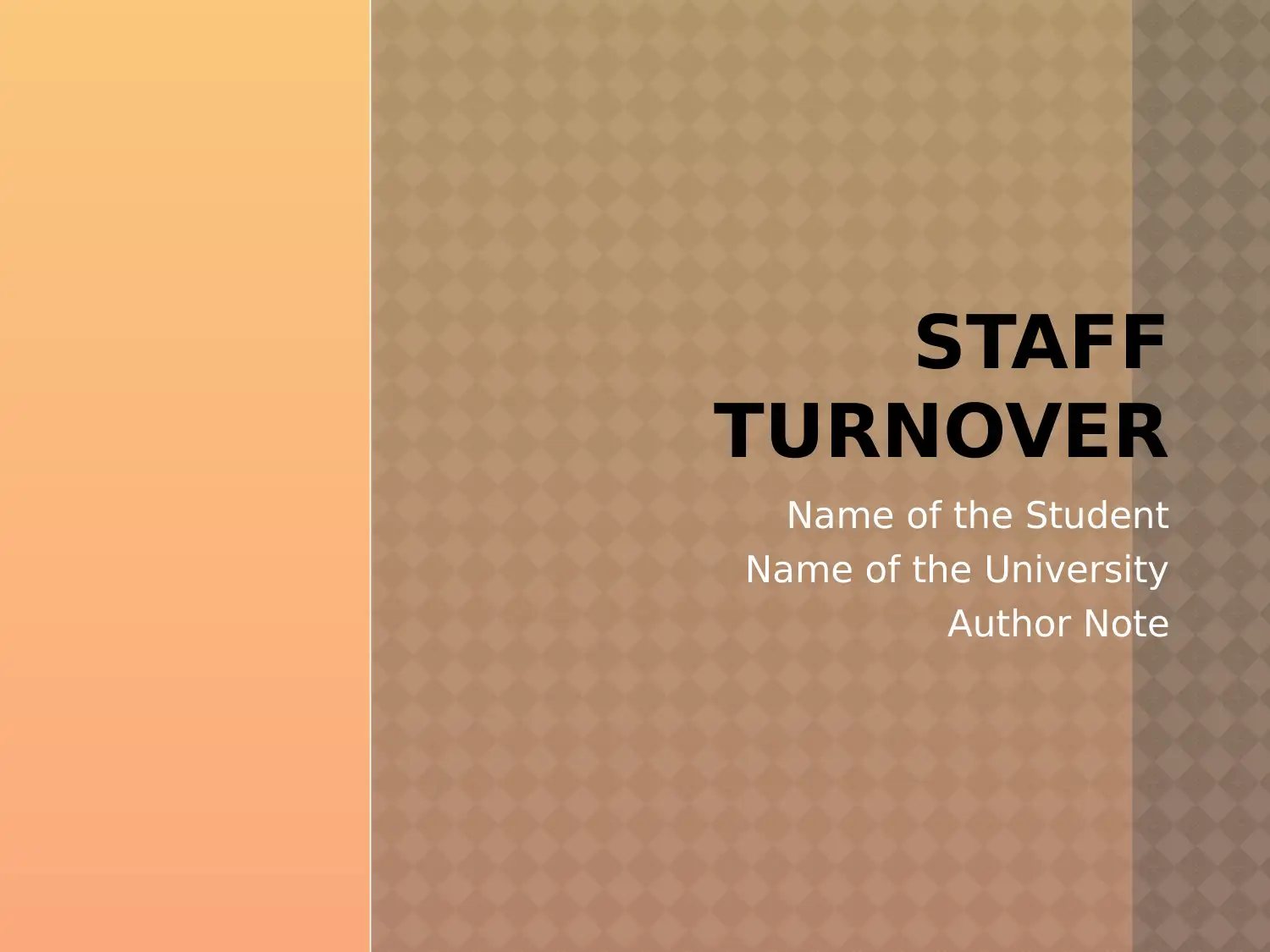

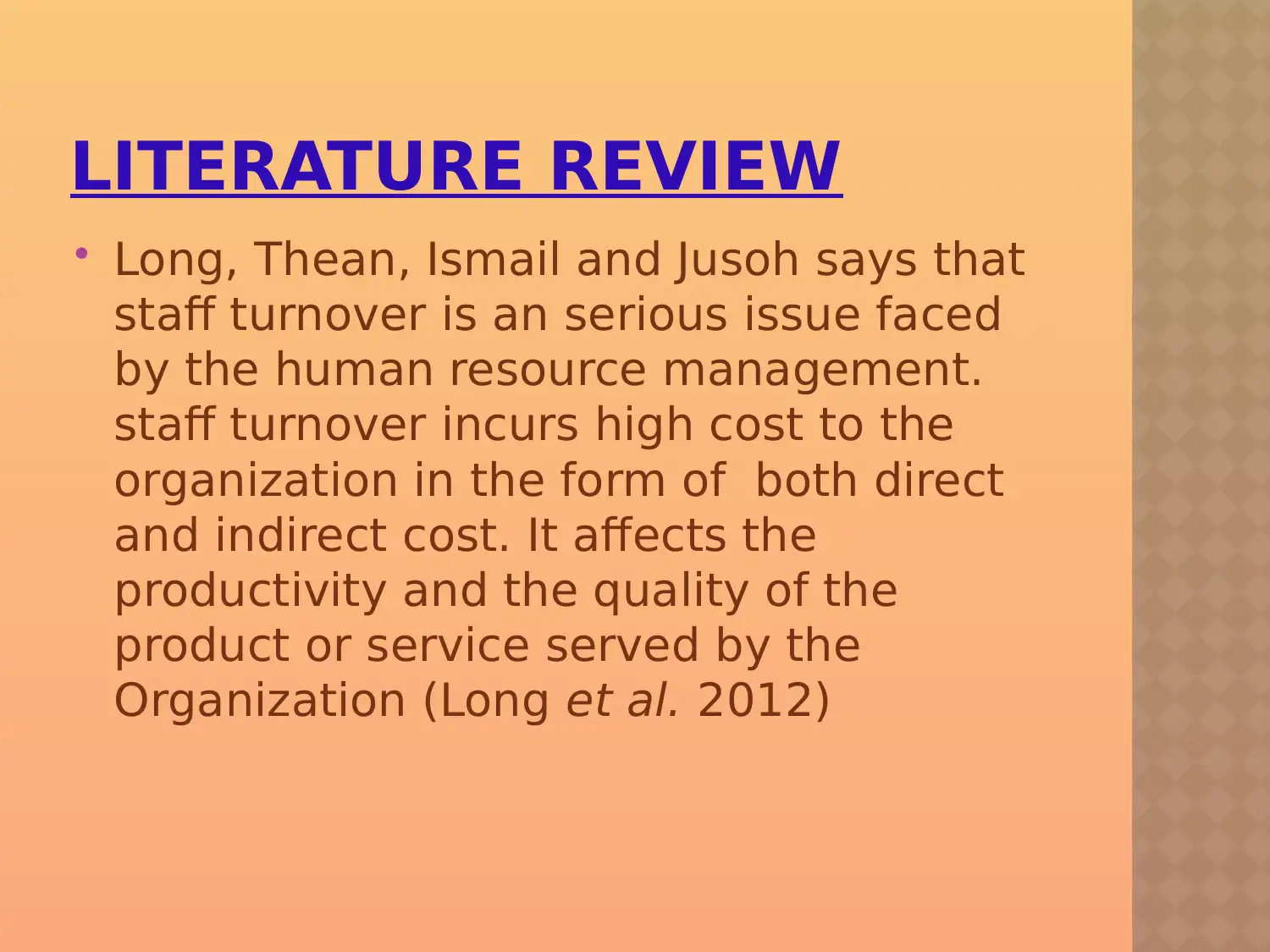

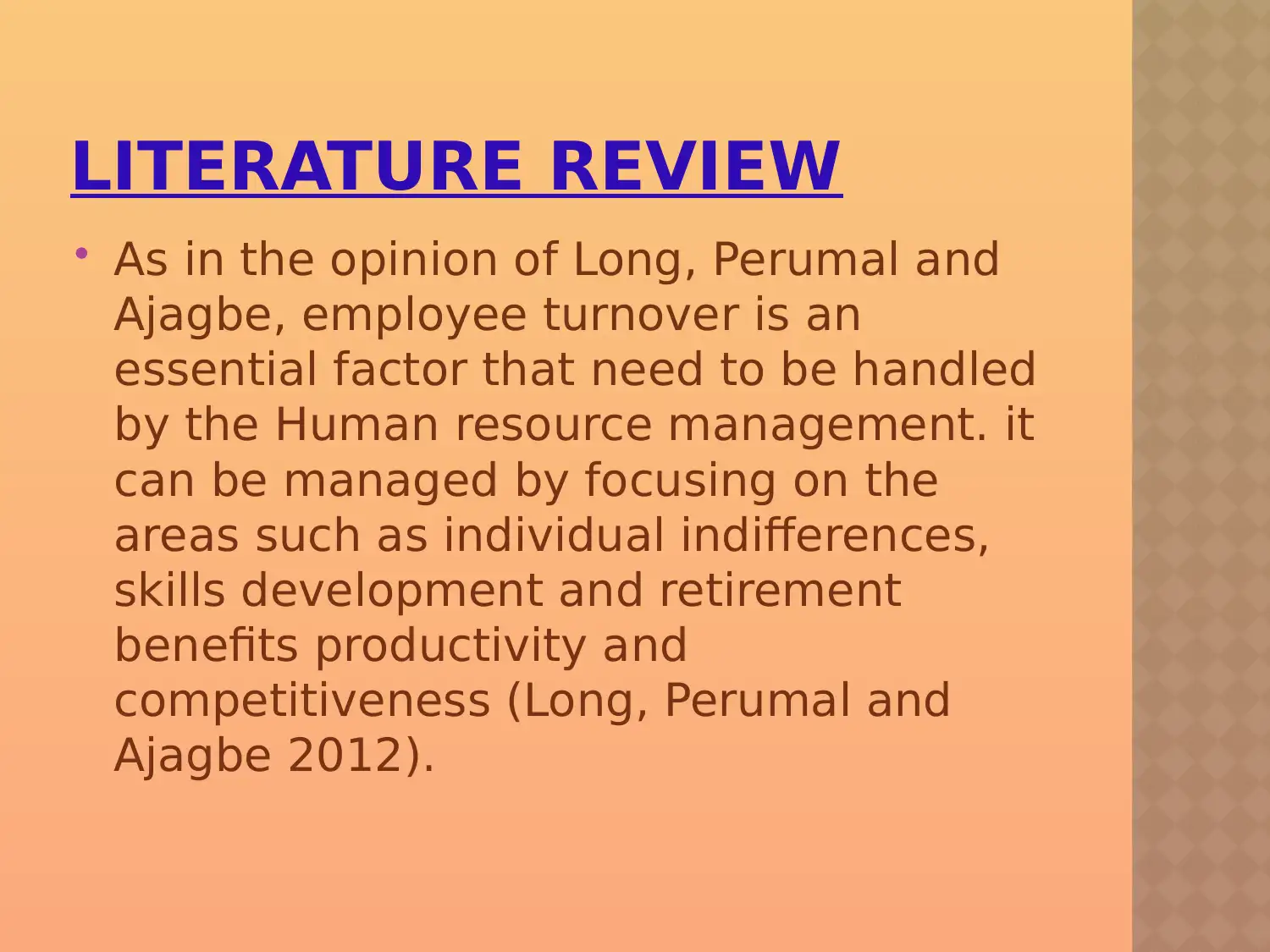
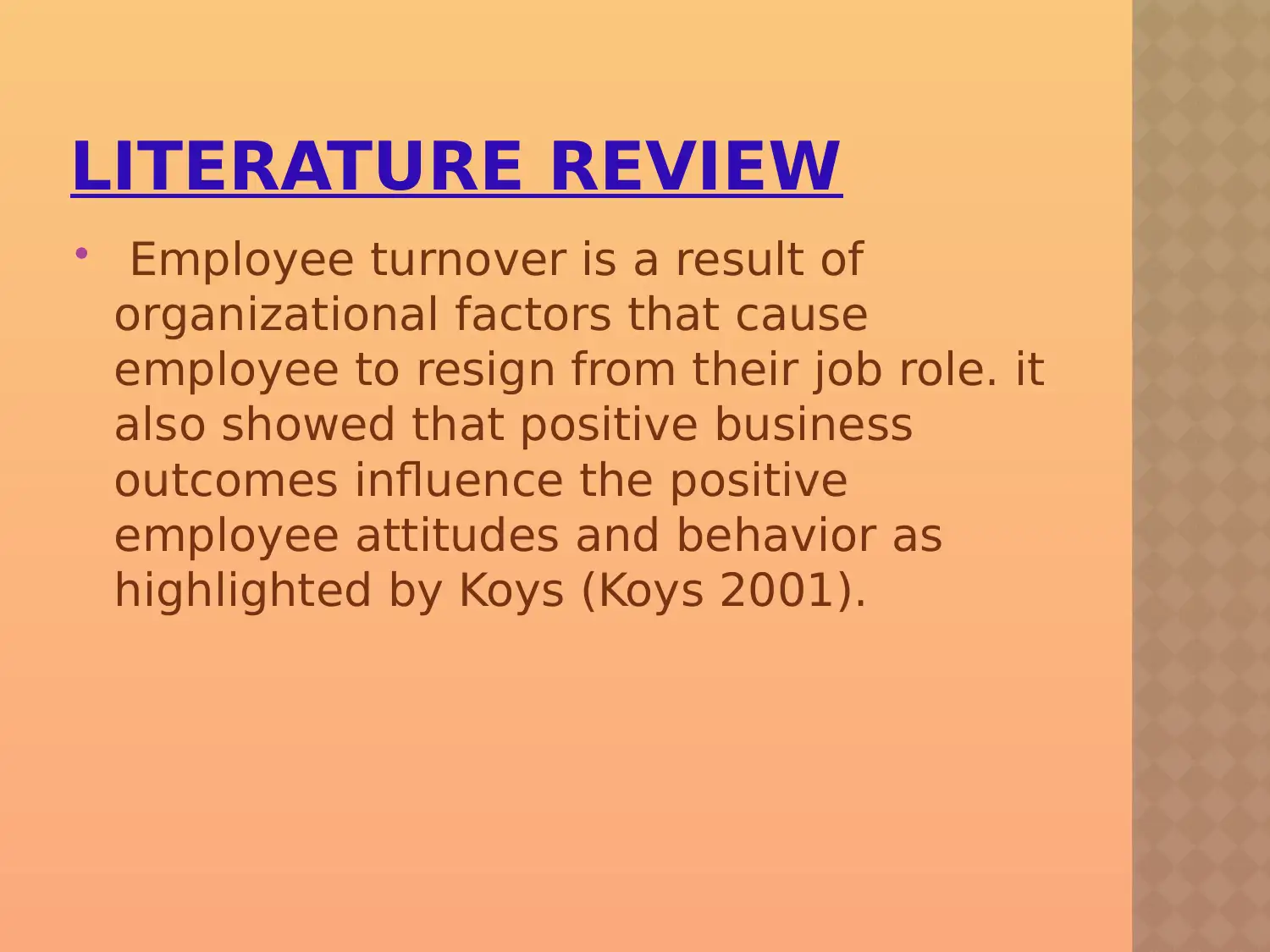
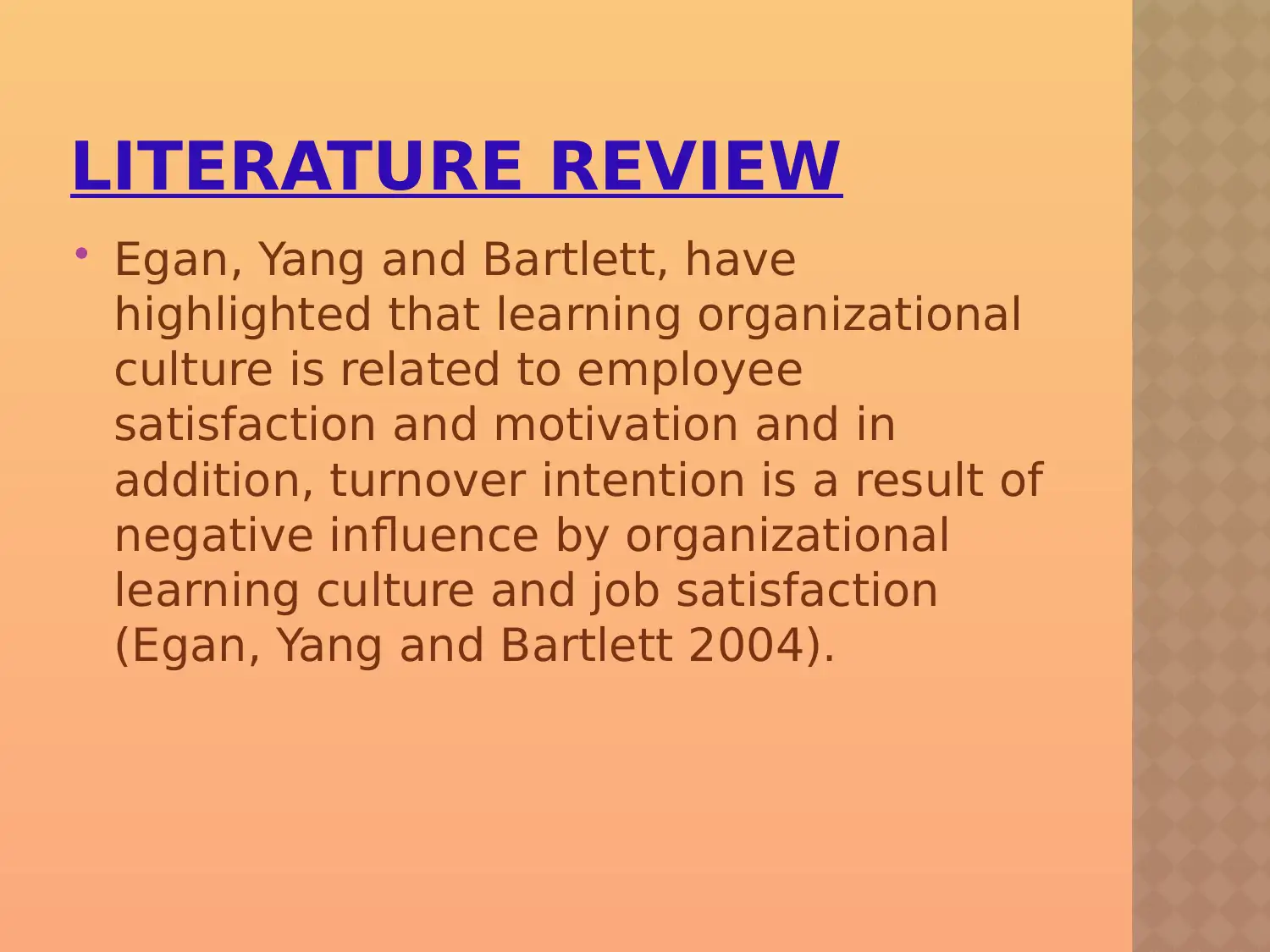
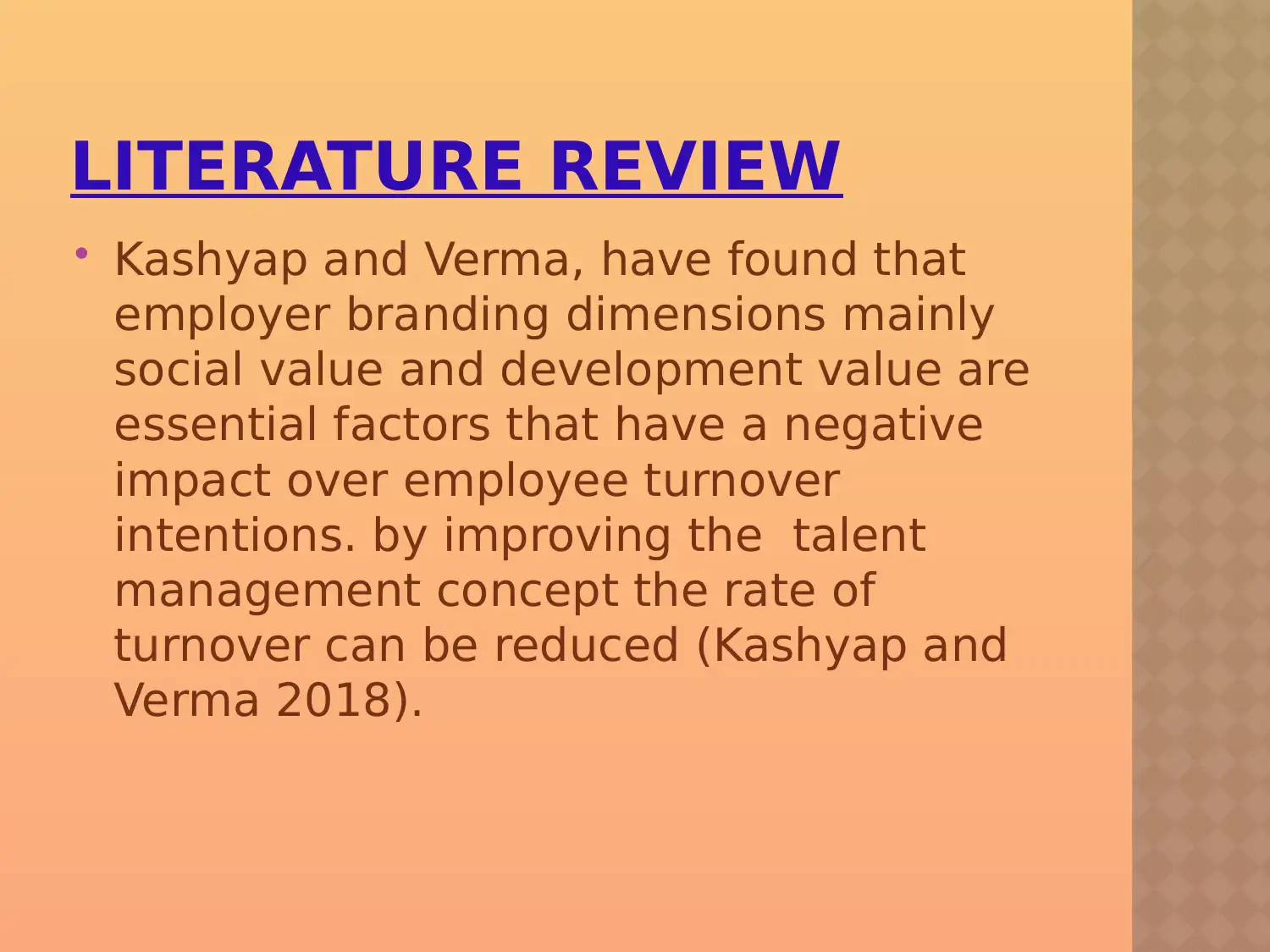
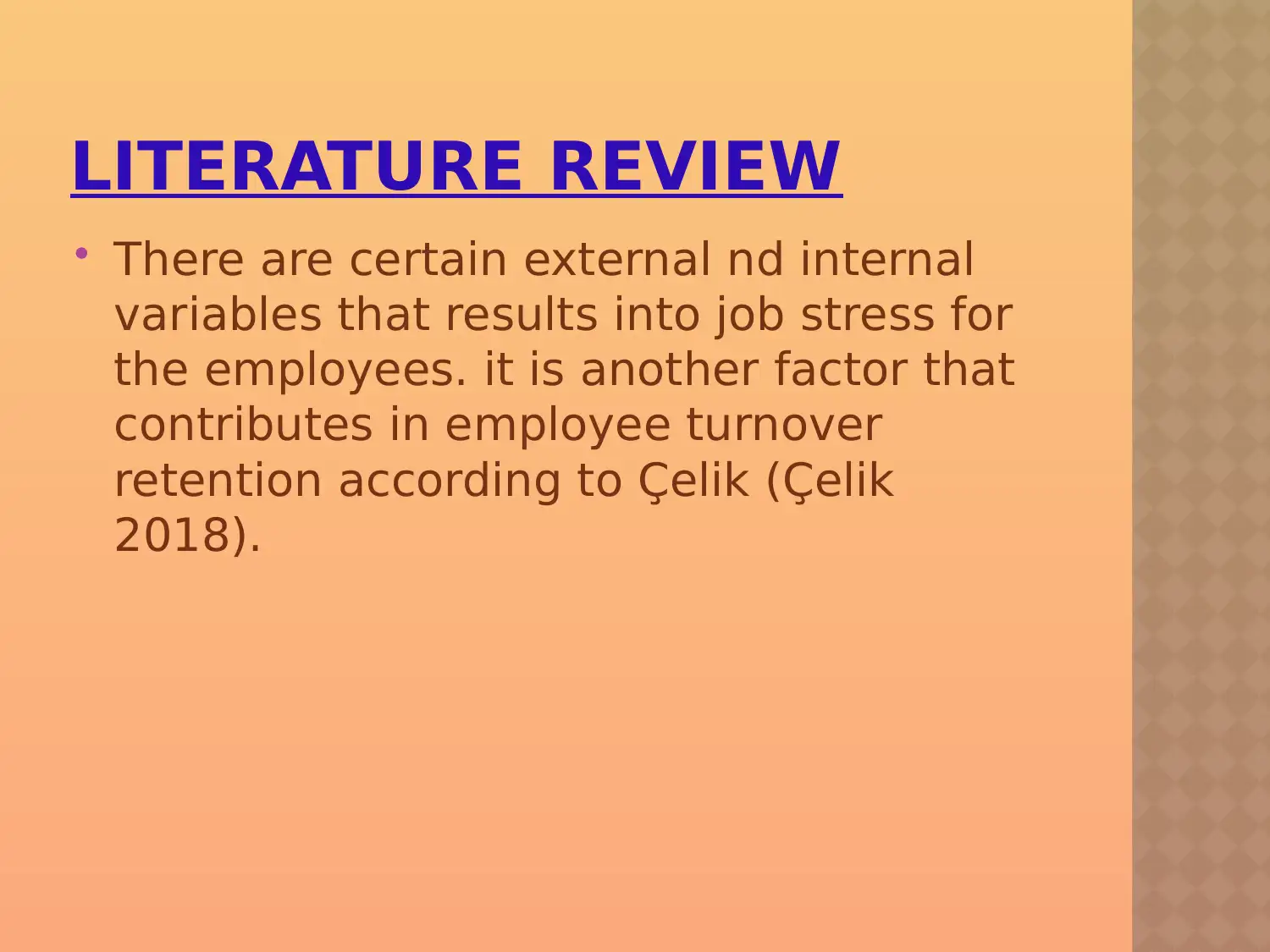
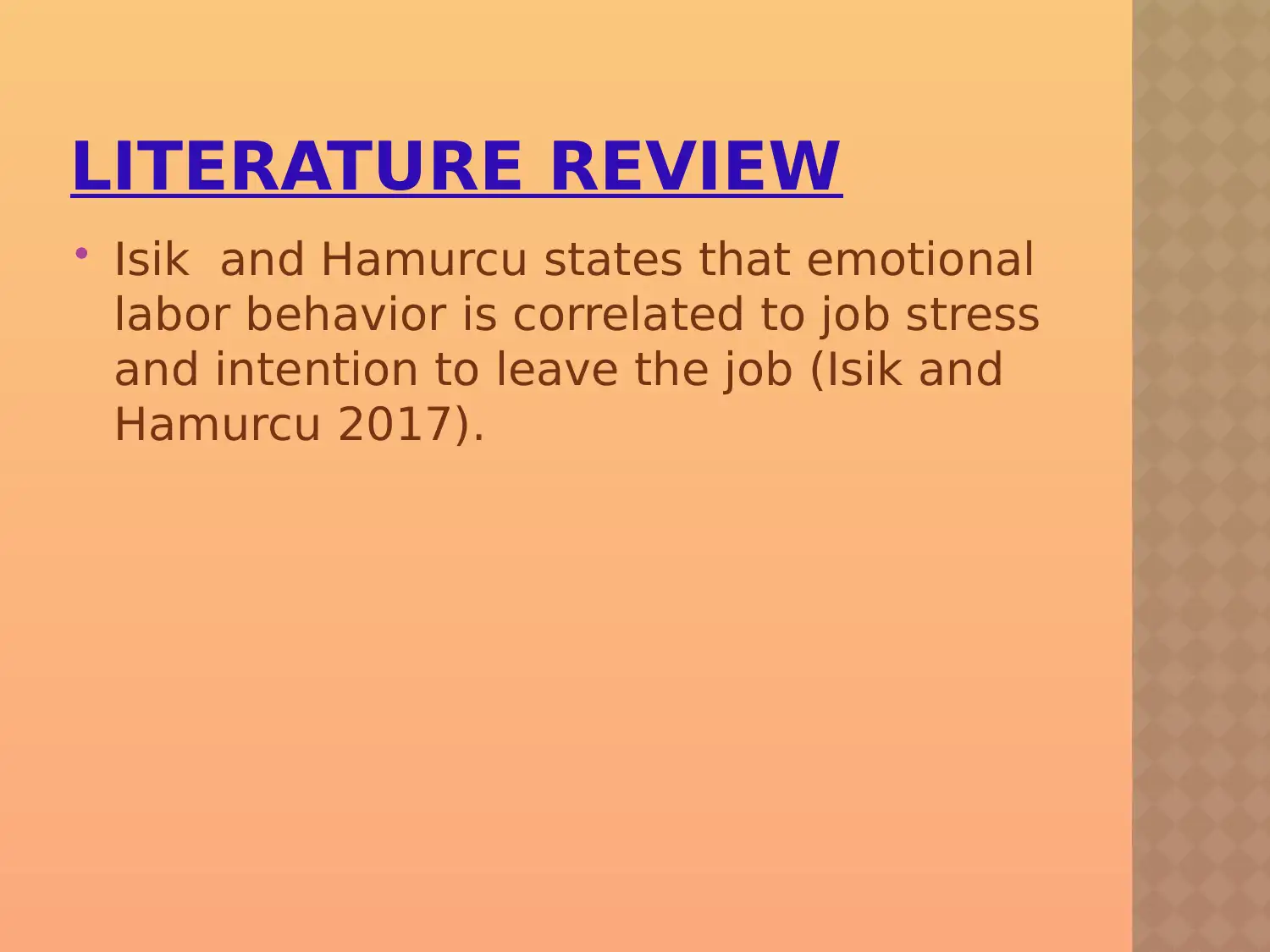
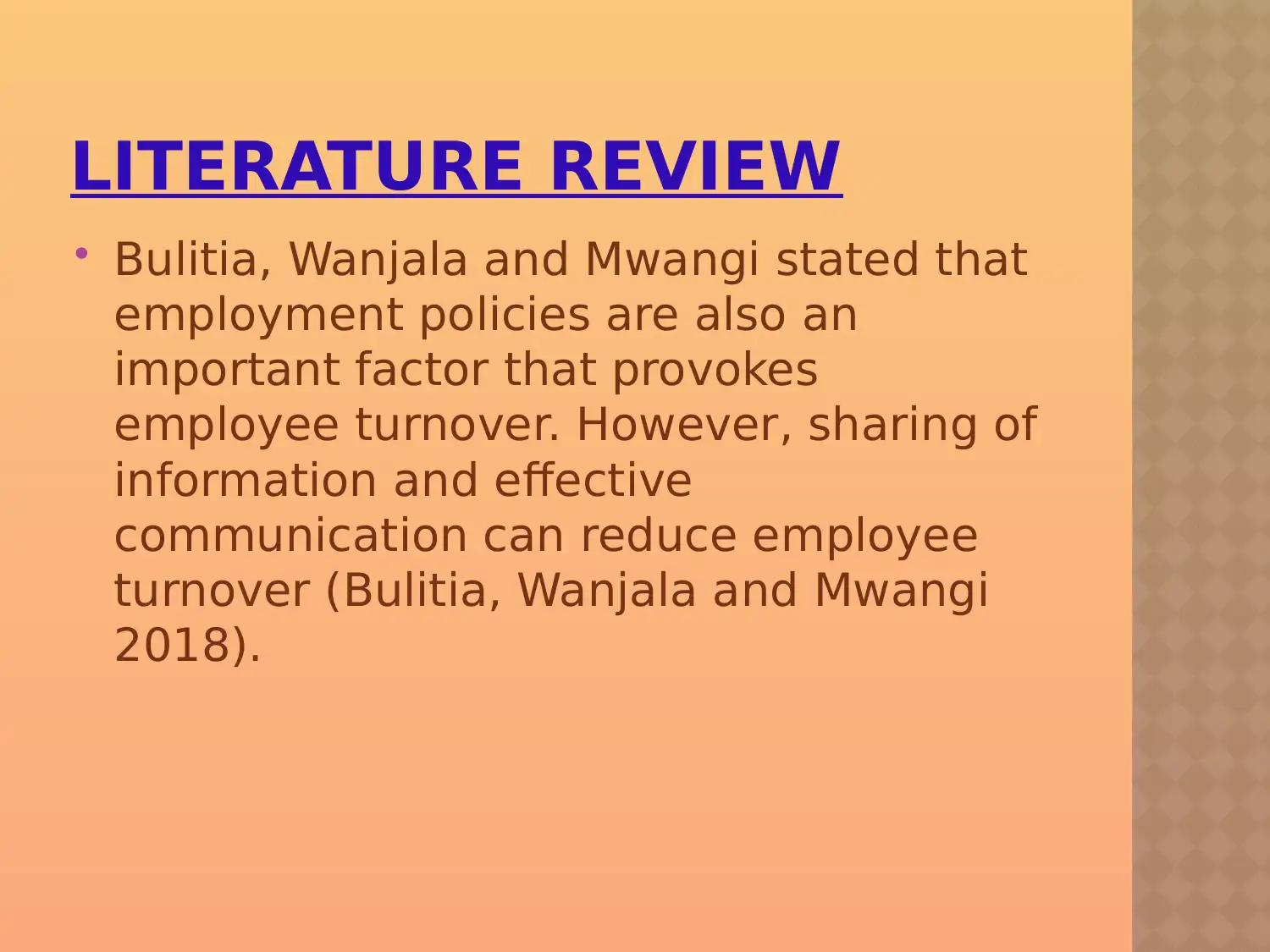
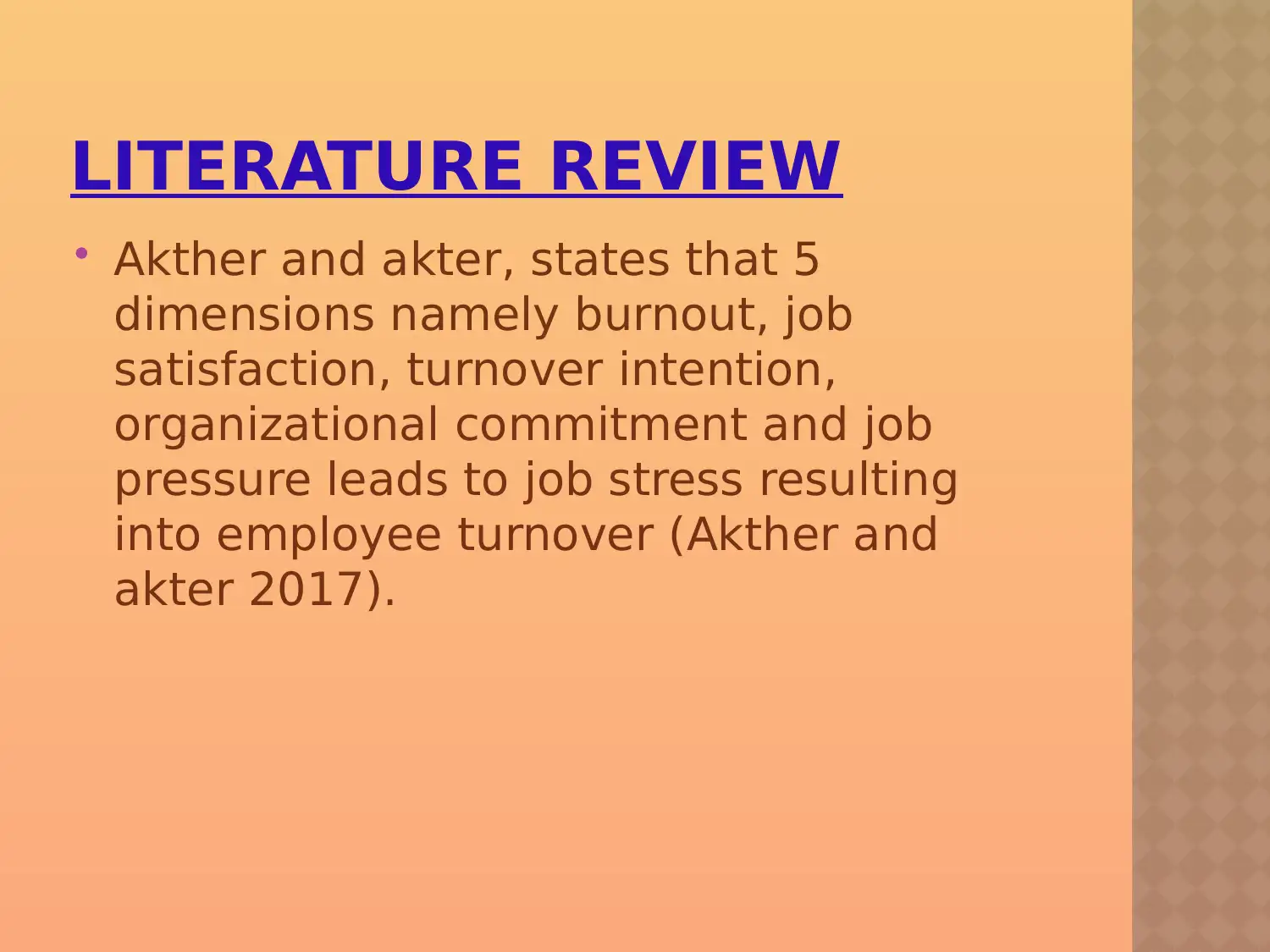
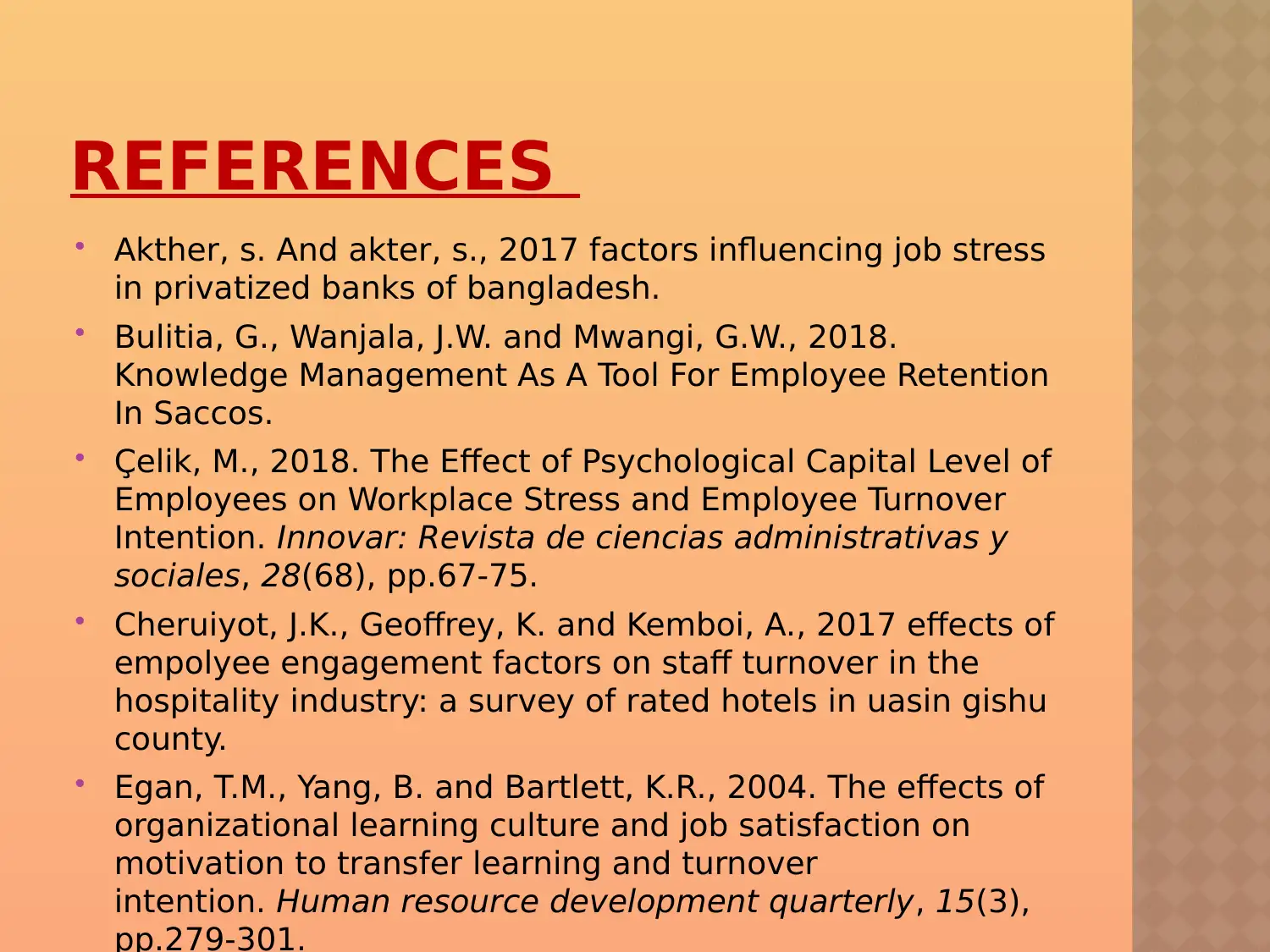
![[object Object]](/_next/static/media/star-bottom.7253800d.svg)